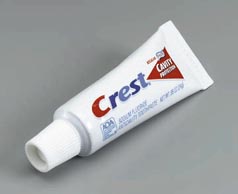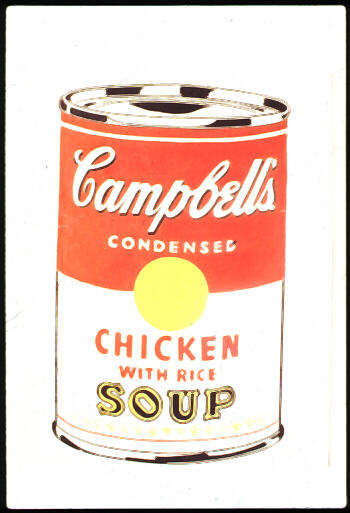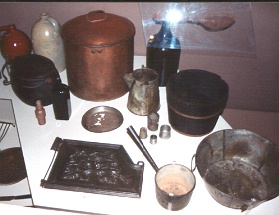|
|
|
|
|
... ... ... ... ... ...
|
THE BASICS:
HISTORY: Tin is one of the oldest metals known by man. There are domestic utensils and arms made of brass (copper with about 15% of tin), dating from 3500 B.C.. The Phoenicians had a very important role in the spread of brass utensils due to its commercial trades with Britain, Spain and the Middle East. Pliny referred, in 49 A.D., to the existence of tin and lead alloys, what we now know as solder, as well as recipients of tinned copper. Tinned iron was only developed in the 14th century in Bohemia, and tinned steel appeared only in the 17th century. Originally confined to Britain and Spain, the tin extraction spread throughout to other countries of the Southern Asia and to Congo, Nigeria and Bolivia. SOURCE: Tin is found mainly in the ore cassiterite, which is found in Malaysia, Bolivia, Indonesia, Thailand and Nigeria. It is obtained commercially by reducing the ore with coal in a reverberatory furnace. OCCURRENCE: The major producers of tin are Malaysia, Thailand, Indonesia, Bolivia, Republic of Congo, Nigeria, and China. Although in a smaller scale there are also tin deposits in Australia, England, Burma, Japan, Canada, Portugal and Spain. The only tin mineral with commercial importance is the cassiterite (SnO2). This ore does not occur in mineral veins but in extensive alluvial deposits where the concentration does not surpass 4%. USES: Tin has many uses. Electro-plating is an important application of tin. It can be done through the electroplating of a small coat of tin around objects of steel, copper, aluminum etc. The tinned pieces have countless applications such as in kitchen utensils, spray recipients and shaving foam, ink cans, electronic components, integrated circuits, clips, pins and many other. Tinned objects can also be used with ornamental purposes. As a pure metal,. It can still be used in storage tanks for pharmaceutical chemical solutions, in capacitors electrodes, fuse-wires, ammunitions, tinned iron sheets to protect victuals, sweets or tobacco etc. Some of the tin organic compounds have several application as fungicides and insecticides for the agriculture and still as wood, textile and paper preservers. Alloys of tin are also important, such as
soft solder, pewter, bronze and phosphor bronze. The most important tin
salt used is tin (II) chloride which is used as a reducing agent and as a
mordant. Tin salts sprayed onto glass are used to produce electrically
conductive coatings. Most window glass is made by floating molten glass on
molten tin to produce a flat surface. Recently, a tin-niobium alloy that
is superconductive at very low temperatures has attracted interest. BIOLOGICAL INFO: Only a small tin amount is transmitted onto food from using of tin utensils. The maximum allowed amount is about 300 mg per kilogram, but in spite of this, higher concentrations are not generally harmful. Tin can be considered as a non toxicant element. However, some of its compounds have toxicant properties and should be handled with extreme care. GENERAL INFO: Tin is unreactive to water and oxygen, as it is protected by an oxide film. It dissolves in acids and bases. When heated in air tin forms tin (IV) oxide which is feebly acidic. Tin has two allotropic forms. On warming, gray tin, with a cubic structure, changes into white tin, the ordinary form of the metal.
|





